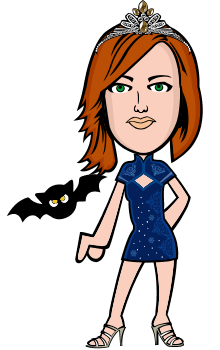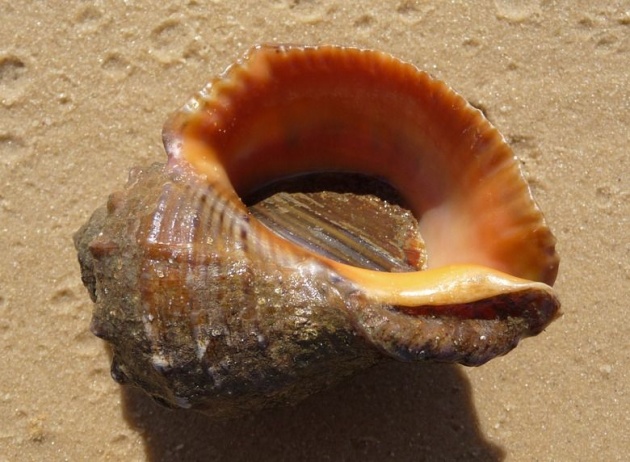 image source: www.pixabay.com
image source: www.pixabay.com
Hello, guys!
In this blog, I would like to talk about one of the marine animals, which have shells, called Rapana. As a child, I've always been intrigued by these creatures mostly because of their beautiful spiral shells and their various colors.
The purpose of this post is to look at the different aspects and uses of Rapana. There are several species of Rapana, but I'm specifically referring to one concrete species - Rapana venosa. Keep in mind that at many places I'll be using just Rapana for the sake of simplicity, as I don't want to overuse its scientific title and make things more complicated than they are. But it can also be called veined rapa whelk, which is one of its names. This species has very specific shape and features. So, my main idea is to talk about them from a biological point of view, as a food, as well as their usefulness - advantages and/or disadvantages. I'm also going to be mentioning some of the unique features of these animals, but that would be later, so keep reading.
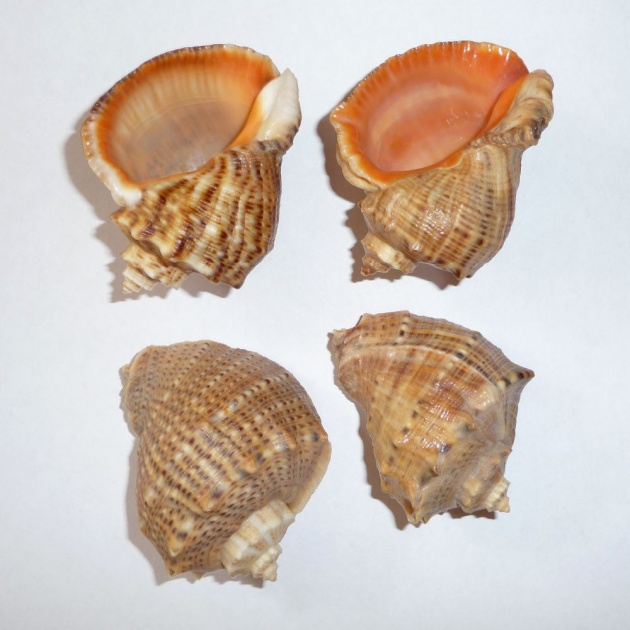 image source: www.google.com
image source: www.google.com
Facts about Rapana
Rapana venosa, common name the veined rapa whelk or Asian rapa whelk, is a species of large predatory sea snail, a marine gastropod mollusk or whelk, in the family Muricidae, the rock shells.
This large sea snail has become an invasive species in many different localities around the world.
Rapana is an invertebrate animal, belonging to the Muricidae family. They can be seen attached tightly to underwater rocks near the shore or living in the niches formed by the rocks. These animals prefer the coastal zone, and it is not common to see them deep inside the sea. And that's good news because this way they can only directly affect the fauna of one particular area of the sea and not the entire sea. They adapted so well to the life in the Black Sea that managed to remain steadily stuck to the rocks, no matter of the strength of the coastal waves.
The veined rapa whelk is highly adaptive species. They can survive on different temperature or salinity. They can stay without food for a couple of months or even outside of the water for an amazingly long period for a marine animal - more than 24 hours.
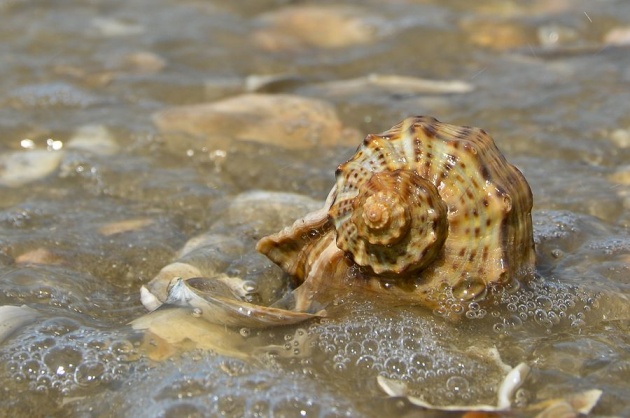 image source: www.google.com
image source: www.google.com
Let's take a look at some of the facts about Rapana venosa:
⚫ The size of the shell of the Rapana can reach 10 cm or more according to the area it is spread. Depending on the conditions they can grow much bigger. According to the period of time they live, the shell could remain considerably smaller. And after it is no longer in use by them, some species of crabs inhabit the shell temporary, using it as a home.
⚫ One of the unique facts about Rapana is that their shell contains the sound of the sea or the ocean, i.e. if a person places a Rapana shell close to his/her ear, he/she will hear the sound of the waves crashing on the shore or the sound of the wind touching the seawater. It's amazing how inside such a small creature (or remains of a creature) is collected the sound of the vast expanse of the sea.
⚫ As most aquatic resources, Rapana is used in the manufacturing of many medicines and cosmetic products, due to its useful substances.
video source: www.youtube.com
Rapana in the Black Sea
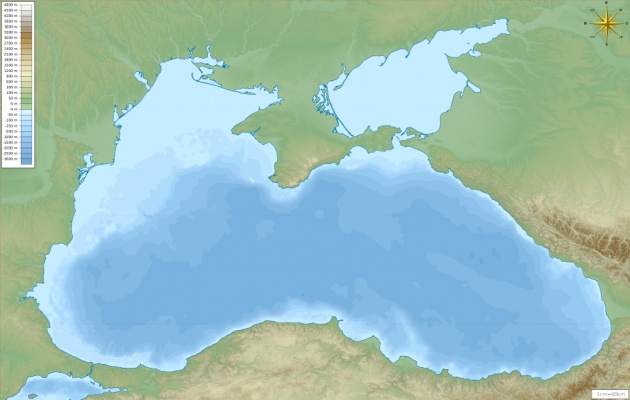 image source: www.google.com
image source: www.google.com
In the past, Rapana venosa could be found only in certain areas of the world (Sea of Japan, Yellow Sea). However, currently, this particular species is widespread in many parts of the world due to the developing transportation in the recent years. There are several theories about the exact way of transferring of Rapana venosa from one area to another, but it is mainly believed that it happens by the ships transporting various goods. One very interesting fact about the Rapana is that it didn't exist in the Black Sea at all, but in the middle of the XX century, around 70 years ago, it was first spotted in this area. Since then, it started rapidly expanding and increasing its population, thus changing and influencing the new ecosystem it started being part of.
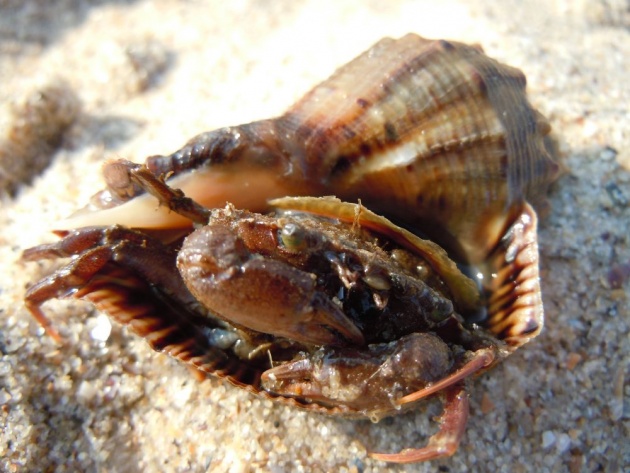 image source: www.google.com
image source: www.google.com
The Black Sea is a closed ecosystem and Rapana is its largest shelled predator. It feeds with meat (clams, crabs, smaller creatures, etc.). It uses its "tongue" to make a hole in the shell of the clam (or its victim) then eats the inside of it. Before its existence in the Black Sea, the populations of many species of clams were undisturbed, but now the proportions are different due to the changing environment. Actually, the entire food chain was modified with their arrival. So, we can conclude that Rapana plays a huge role in the Black Sea ecosystem.
video source: www.youtube.com
Rapana and Nutrition
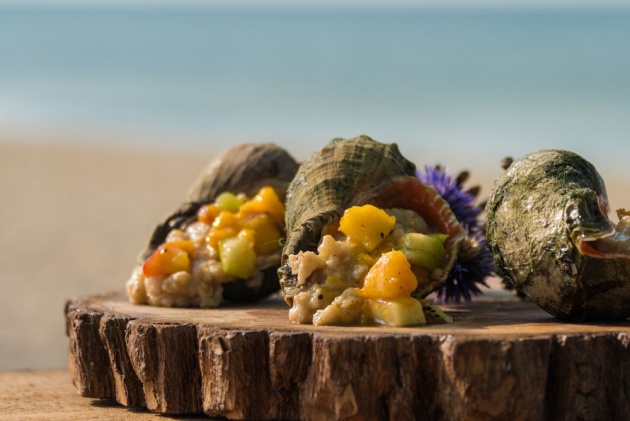 image source: www.pixabay.com
image source: www.pixabay.com
The veined rapa whelks are often collected and used for the preparation of various dishes, used in cooking, and are part of numerous recipes. They are a highly valued food since they fall in the category seafood. And seafood is one of the most useful types of food, containing multiple minerals and vitamins, healthy for the human body. This food has only 77 kcal per 100 g meat of Rapana, which makes it a low-calorie meal. They are offered in restaurants or can be purchased from specialized shops, mostly at the seaside. I never tried to eat those as I'm not much of a fan of any snails, whether marine or not, but it is considered a luxury meal. Even though many veined rapa whelks are caught in the Black Sea, most of them are not used locally, but rather exported to other countries.
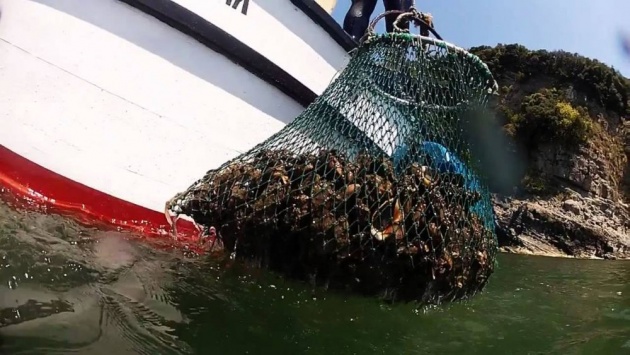 image source: www.google.com
image source: www.google.com
Well, according to me, Rapana does contain healthy minerals - each animal does. However, it's controversial whether their meat is as healthy as advertised. Considering their main meal (the clams), I wouldn't bet on that. Clams are the seawater filters, absorbing harmful substances contained in the water. So, I'm not sure if it's exactly possible that these harmful substances are somehow removed or eliminated after absorbed by the Rapana. Anyway, that's just my opinion.
The Shell of Rapana
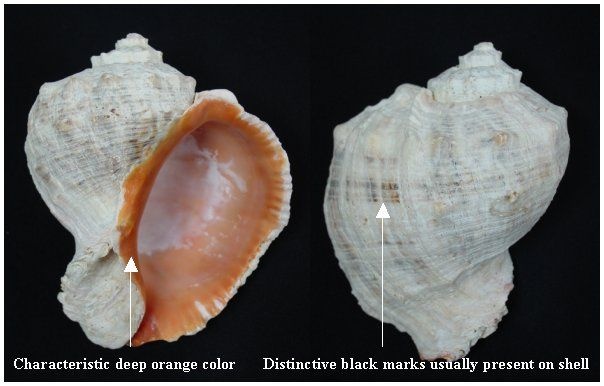 image source: www.google.com
image source: www.google.com
I left this for the last part, but it's my favorite. I think the shell is what makes the Rapana look so fascinating. The spiral shell ends with a few smaller circles, usually where the body of the snail resides. It can have different colors; I have seen white rapa whelks, and also brownish, grayish, and all possible variations of these colors. The inside of the Rapana shell is colored in bright orange. The spiral shell could also be used to determine the age of the animal, depending on the turns or lines shaping it. I used to collect these shells, and I still take some from the beach every summer to add to my Rapana collection, which is now with the size of one full bucket.
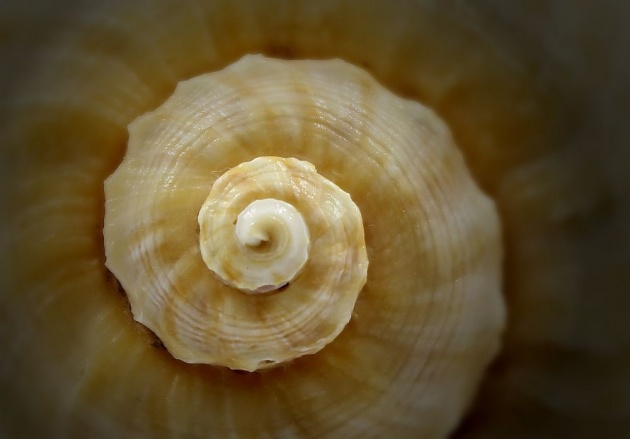
image source: www.pixabay.com
The shells are also valued for the creation of souvenirs. They can be used to make other figures in combination with sand or clams. Many people collect them and then use some polish and glue to make a variety of figures, shapes, and souvenirs for the tourists visiting the seaside. At least this is the main use of the shells in my country. Since the shell is very hard and resistant to pressure and fire, it can have multiple applications. And for its strength, it is surprisingly lightweight.
Rapana venosa is a species which should not be underestimated. It has multiple values, but could also potentially harm the populations of smaller species. I hope this blog was interesting.
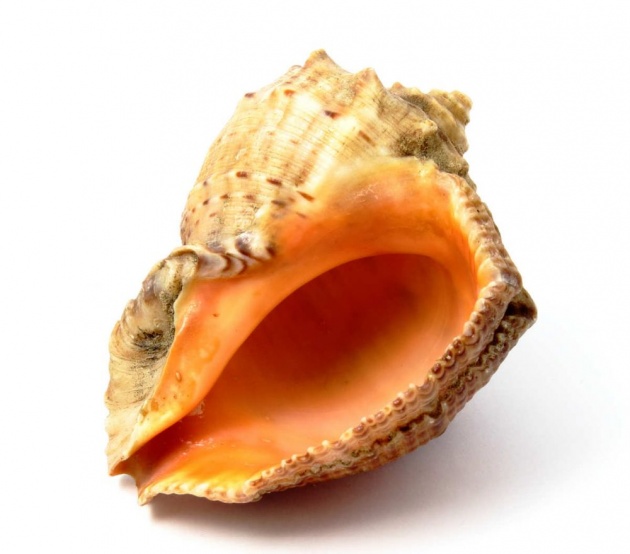 image source: www.google.com
image source: www.google.com
Thanks for reading!
- NinaB

